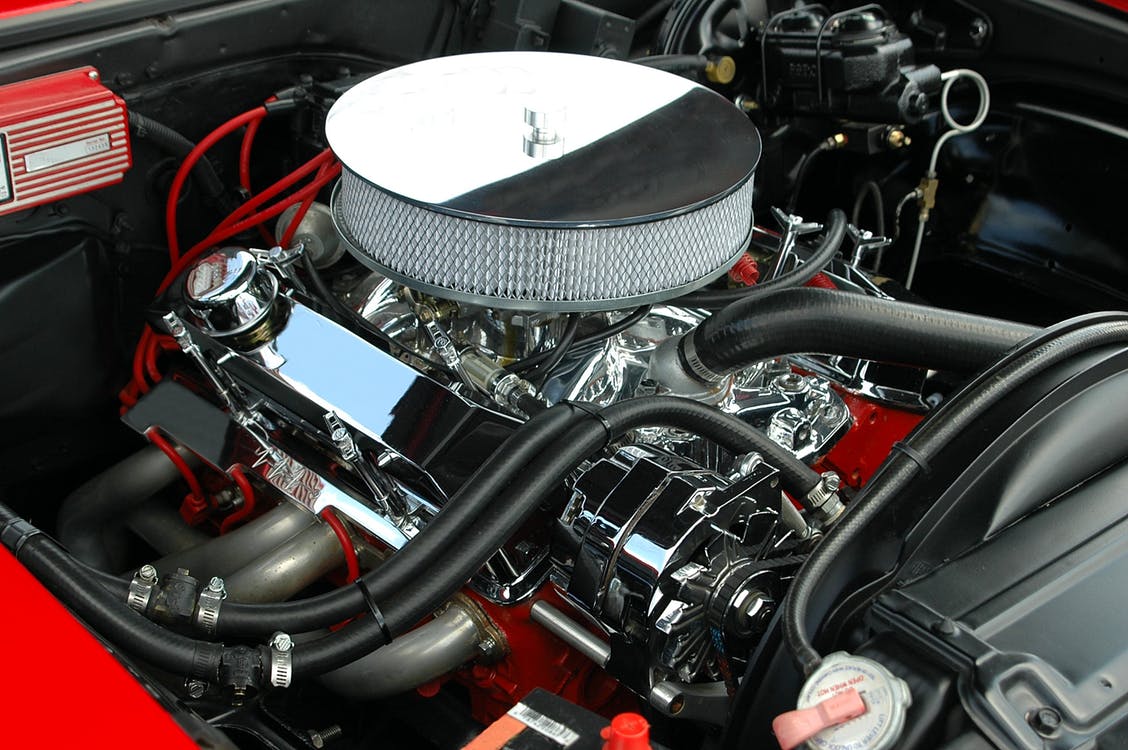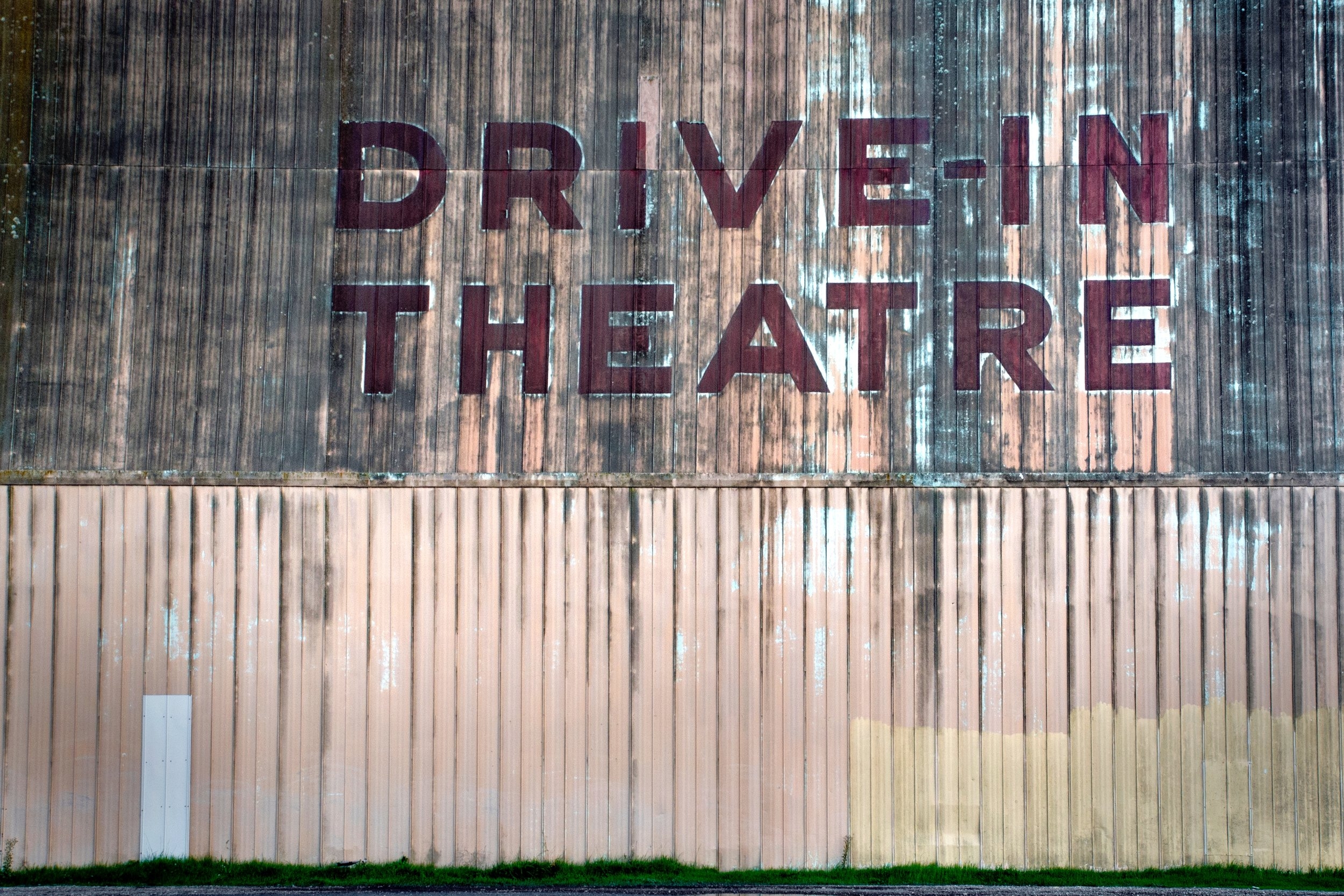On average, 37 children die every year due to being left in a hot car, according to the National Highway Traffic Safety Administration (NHTSA). Since 1998, a devastating total of 772 children have died due to vehicular heatstroke. It’s heartbreaking that so many young lives have been lost, and although these fatalities are 100% preventable, the number continues to rise each year. Newsweek reported that as of July 24, there have been 28 hot car deaths reported so far, with an additional 3 child hot car deaths currently under investigation.
It is difficult to imagine that a parent or guardian could forget their child in the car, yet according to San Antonio Express News, this is the case for approximately half of the reported heatstroke incidents. While stories of children being intentionally left in hot vehicles receive a lot of media attention, this type of hot car fatality occurs less frequently. Parents do not always have to be directly involved, because the NHTSA claims that approximately every 3 in 10 heat stroke fatalities take place when children are playing and decide to climb into unattended, unlocked vehicles.
In just a few minutes, the inside of a car can climb up to 125 °F. This is a dangerous temperature for any human, but it is especially dangerous for children because, “a child's body temperatures rise 3 to 5 times faster than an adult’s.” For perspective, according to the NHTSA, “a core body temperature of about 107 degrees is lethal.” Temperature increases occur in the first 10 minutes after the ignition is turned off, regardless of whether the windows are rolled down or not. That is why, even if the windows are left cracked, it is never acceptable to leave children alone in vehicle.
In recent years, technology has been developed to help remind parents to check their backseat, with the goal of preventing children from being left in the vehicle. Since over half of the hot car death cases involve caretakers unintentionally forgetting children, increased use of this new technology has the potential to significantly lower the annual fatality rate. San Antonio Express News recently published an article naming three technology-based options parents can take advantage of to protect the safety of their child, which are discussed below.
In early 2018, car-seat company Cybex released “SensorSafe” technology into their Sirona model car seat. The chest buckle of the car seat is connected via bluetooth to the car and the caretaker’s cell phone. When the buckle is closed, a bluetooth connection is activated. Once the vehicle’s ignition is turned off, a series of alerts are sent to the car dashboard and the connected phone. The car buckle must be unclasped in 4 minutes, or else additional alerts will be sent, not only to the parent, but also to emergency contacts listed. Parents can choose to click either “ignore” or “acknowledge” on the notification itself, showing that they were indeed aware that their child was still in the car seat. Once the belt is unclasped, the bluetooth connection is deactivated. While the Sirona car seat retails for $329.99, it uses cutting edge technology that could be extremely helpful to parents who can afford to purchase it.
Waze
Car manufacturers are also aware of the problem surrounding child hot car deaths. In 2017, General Motors added a rear-seat reminder system to over 20 of their models. It’s only standard on 10 Chevrolet models, but it can be selected as an add on feature to others. It simply works by sending the driver an alert to remind them that they opened the rear door of their vehicle after they turn off the ignition. This is a great option for any parent looking to buy a new car, but is not practical for those who are currently content with the vehicle they own. For these parents, they can download an app called Waze. In 2016, the popular navigation app added a “Child Reminder” feature, which when activated, sends the driver a notification to, “check your car before you leave” once the destination is reached. This solution is completely free and only requires that the parent inputs their destination once they enter the vehicle, which they might already have done to receive navigational directions.
Most people have experienced the feeling of discomfort after getting into a car that has been sitting in the sun. Now imagine being a child and being unable to escape the excruciating heat. This is a situation that should never happen. Taking advantage of technology like the Cybex “SensorSafe” car seat or the Waze App “Child Reminder” feature can help prevent the fatalities that result from leaving kids unintentionally in vehicles. However, technology may not be an option for all families. Something all parents can do that is free and simple is to, “look before you lock,” as recommended by the NHTSA. It’s an easy habit that could potentially be life saving. With daily life increasingly revolving around cellphones, it is even suggested that parents put their phones or something important like a briefcase or groceries in the backseat to help remind them to check for their child. Ultimately, parents need to find a effective solution, whether it involves technology or not, that works for them and ensures their child does not become another statistic.
Unfortunately, stories of children and pets left alone in hot cars every time summer rolls around has become all too common. While it’s easy to get distracted in today’s nonstop world, parents need to make the safety of their children their number one priority. No matter how hectic life gets, it is never okay to leave a child or a pet in a hot car. Parents should always check the back seat when they reach their destination, and lock their car after making sure no one is inside. For a free legal consultation with an experienced accident attorney regarding any type of auto accident, call The Michigan Law Firm, PC at 844.4MI.FIRM for a free consultation.
























